From marine pollution to rising sea levels, our oceans are under threat. Overfishing and reef decline has pushed many species to the brink of extinction, with ocean wildlife disappearing even faster than creatures who live on land. Rising sea temperatures have resulted in coral bleaching, while eight million tons of plastic waste enters the ocean from coastal countries annually.
From painters like JMW Turner and Winslow Homer to photographers like Michael Kenna and Hiroshi Sugimoto, artists have long turned to the sea for inspiration and solace. Today, perhaps more than ever, their legacy can serve as a reminder that for all its might and fury, the ocean is all too vulnerable.
The sea is one of our planet’s greatest treasures and deepest mysteries; more than 80% of our oceans are still unexplored, with just 7% designated as marine protected areas. Like painters before them, photographers have searched for the secrets of the sea, uncovering untold stories, sparking awe and wonder, and most of all, reminding us of our indelible connection to our oceans.
Here are our top tips for photographers yearning to capture the magic, the all-consuming power, and the singular fragility of the sea.
Start close to home
You don’t have to travel to Tahiti or Bali to capture gorgeous seascapes, so start close to home. Staying local and starting with nearby beaches and cliffs have the advantage of allowing you to return to the same spot in different weather conditions, during high or low tide. During lockdowns in the spring of 2020, Agnieszka Wieczorek photographed seascapes during her daily morning walks at Rotorua lake, rediscovering the birdlife native to the area and studying the light and clouds overhead.
Research your location
Research and location scouting are critical, whether you’re traveling a mile or several thousand. Scouting can be done in-person or online using a tool like Google Earth, depending on access and availability, and you can also browse 500px and social media for ideas on new shooting spots.
Reading up on the history of your spot can also reveal unexpected gems, as coastal landscapes and towns often have rich legacies, passed down through the generations. Consider, for instance, this seascape (above), created by the photographer Marius Kasteckas in Liepaja, Latvia. This part of the Latvian coast is home to a group of abandoned bunkers, built between the 18th and 19th centuries and slowly reclaimed by nature.
Beware of foot traffic
Another trick is finding places where you can easily avoid crowds; a secret local haunt often beats a trendy tourist beach. If you do shoot at a popular location, you can beat the tourist rush by waking up early and arriving before everyone else, or staying out after they’ve packed up and gone home. Not only will you get the beach to yourself, but you’ll also catch those precious moments of golden hour light.
Embrace the off-season
Off-season seascapes work well for a few reasons, including the minimal foot traffic. Most famous spots have already been photographed in perfect weather and during peak season, so daring to venture out at unusual times can yield unique results. Some seascape photographers also relish the stormy conditions of fall and spring for their moody, poetic skies.
Track the tides
It can help to download a mobile app like Tide Graph to plan your shoot for the right time and date. Understanding the tides and swells and anticipating changes in the weather are the keys to staying safe on location, while getting the shots you planned. Another vital safety tip: don’t turn your back to the sea; wear good boots with grips, and beware of slippery rocks or algae. Remain vigilant and aware of your surroundings.
Pack wisely
Just last summer, an incident of a $10,000 camera that was destroyed by saltwater went viral, so don’t underestimate the dangers of seawater for your gear. A weather-sealed camera is a must-have, and a waterproof cover or raincoat will help protect your gear from errant splashes.
Other small but handy items to keep in your bag: a bubble level to help straighten the horizon over the water, microfiber cloths for your lens, and a headlamp for walking back to your car or bike after sunset (trust us, you’ll want to stay out as long as you can). A circular polarizer filter will help if you want to cut down on glare or reflections on the rocks or water.
Set your alarm…
There’s no denying that the golden hours around sunrise and sunset make for stellar seascape conditions, so plan your shoot accordingly. To create this moment, Liwei Shi woke her model at 5:30 am to catch the 6:00 am light and fog over the water at Canada’s Mauricie National Park, home to more than 150 lakes.
…and then wait for sundown
The Swedish ocean and surf photographer Kalle Lundholm is known for his use of light and color, and he makes the most of both when shooting sunset waves in Australia. The warm glow of sunlight and the cold blues of the ocean are natural complements, so take advantage of this precious time of day. You can read our guide to taking better sunset photos here.
Adjust your shutter speed
You can’t get those dreamy, misty-looking seascapes, like the one above by Joshua Zhang, without a slow shutter speed to blur the motion of the waves. The longer the exposure, the smoother and milkier the shot. Check out our guide to long exposures here, and remember to bring your ND filters to avoid overexposing your shots. When using long exposures at the sea’s edge, choose a sturdy tripod, and spend time setting it up in the sand to avoid potential movement. If your tripod gets wet, give it a good clean once you get home.
If, on the other hand, you want to freeze the motion of a wave, creating a one-of-a-kind sculpture in mid-air, you’ll need a fast shutter speed. In between those two options (very long shutter speeds and short ones), you can opt for an exposure time of one to two seconds, which will create that blurred, painterly effect without entirely losing the motion of the waves. Experiment with different settings to see what works for your location; some spots lend themselves to ethereal long exposures, while others are best for dynamic, split-second wave formations.
Use your foreground
Foreground elements like trees, driftwood, lighthouses, or rock formations can help bring color and form to an otherwise ordinary seascape, guiding the eye throughout the frame. You can even use patterns or textures created by the waves in the sand. That’s another reason to avoid crowds; on lonely beaches, you can walk for miles until something catches your eye.
Many have photographed Iceland’s Mt Vestrahorn, but few have done so after encountering a whale skeleton along the coast. In the picture above, created by Tanner Wendell Stewart, the skeleton creates a leading line, pointing toward the mountain, while also heightening the sense of awe and mystery inspired by its dark and jagged countenance.
Watch your composition
For thirty years, the legendary artist Hiroshi Sugimoto traveled the world photographing the sea. His pictures are instantly recognizable; in each one, the horizon perfectly bisects the frame. There are no people, boats, or buildings—just the water and the sky. By eliminating any fleeting details or distractions, his photographs remind us of the timelessness and primordial beauty of the sea.
The sea can be tranquil or turbulent, serene or violent, but iconic seascape pictures are often defined by their compositions. You can go minimalist like Sugimoto or introduce foreground and background elements to provide a sense of scale and place. You can use symmetry or follow the rule of thirds, but everything in the frame should work together to evoke an emotion or tell a story.
When shooting the sea, remember to arrive early. You don’t have to set up your tripod in the first spot you find; have a look around, evaluate the scene, and find a vantage point that resonates with you. Your composition might be different from all the others you’ve seen of this location, so take your time in discovering it.
Not on 500px yet? Sign up here to explore more impactful photography.

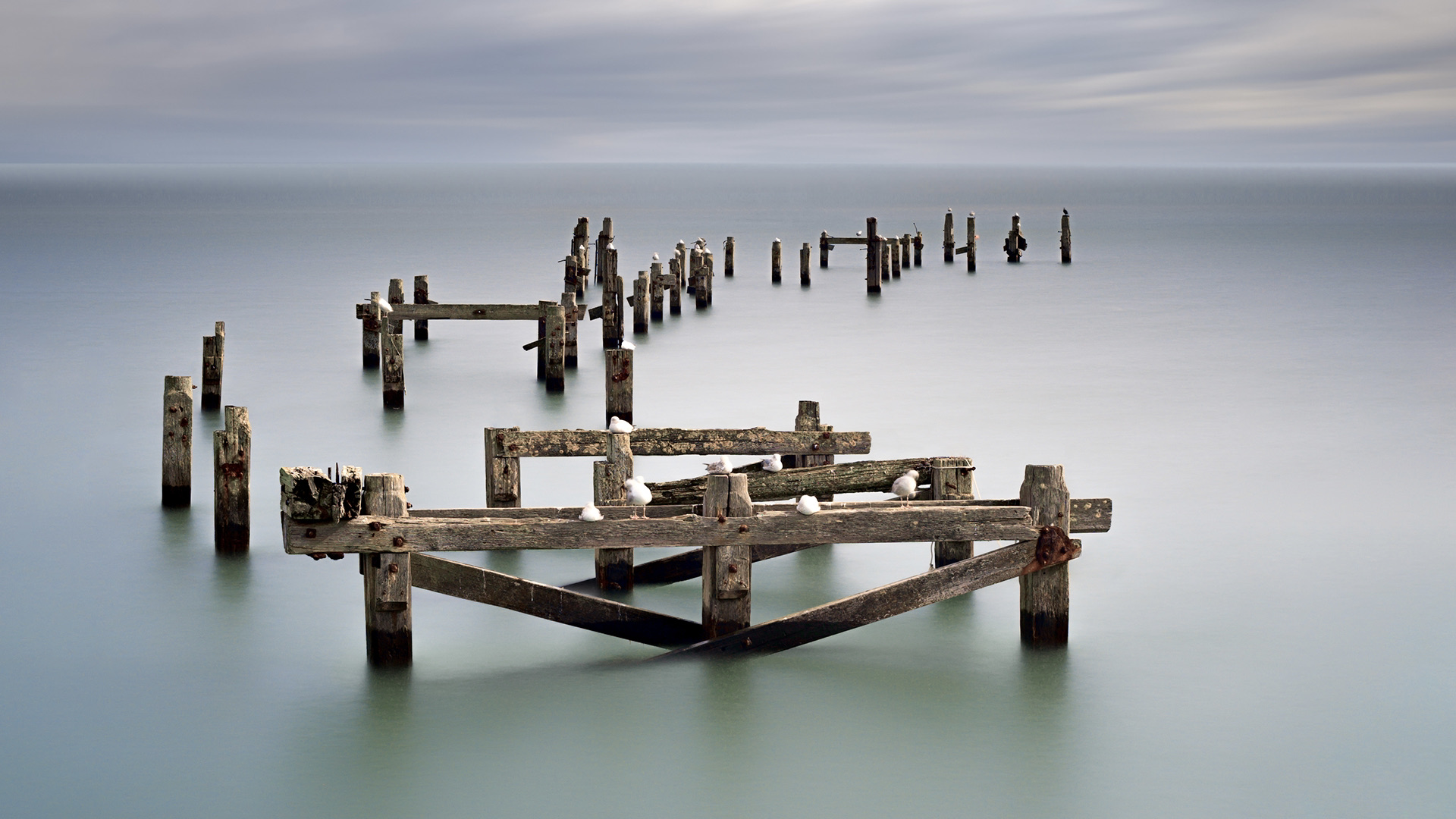
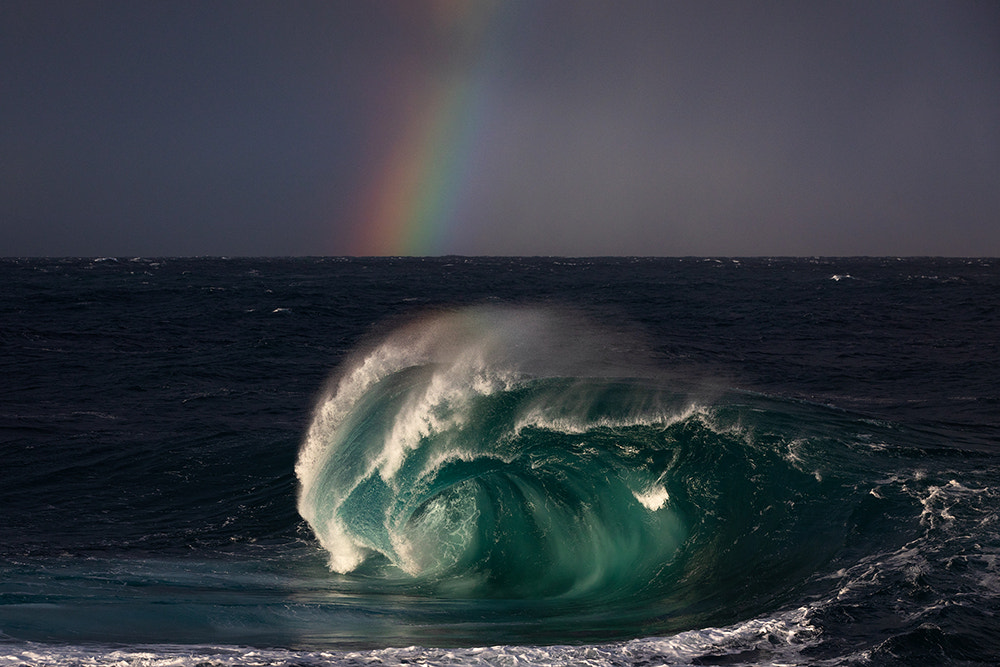
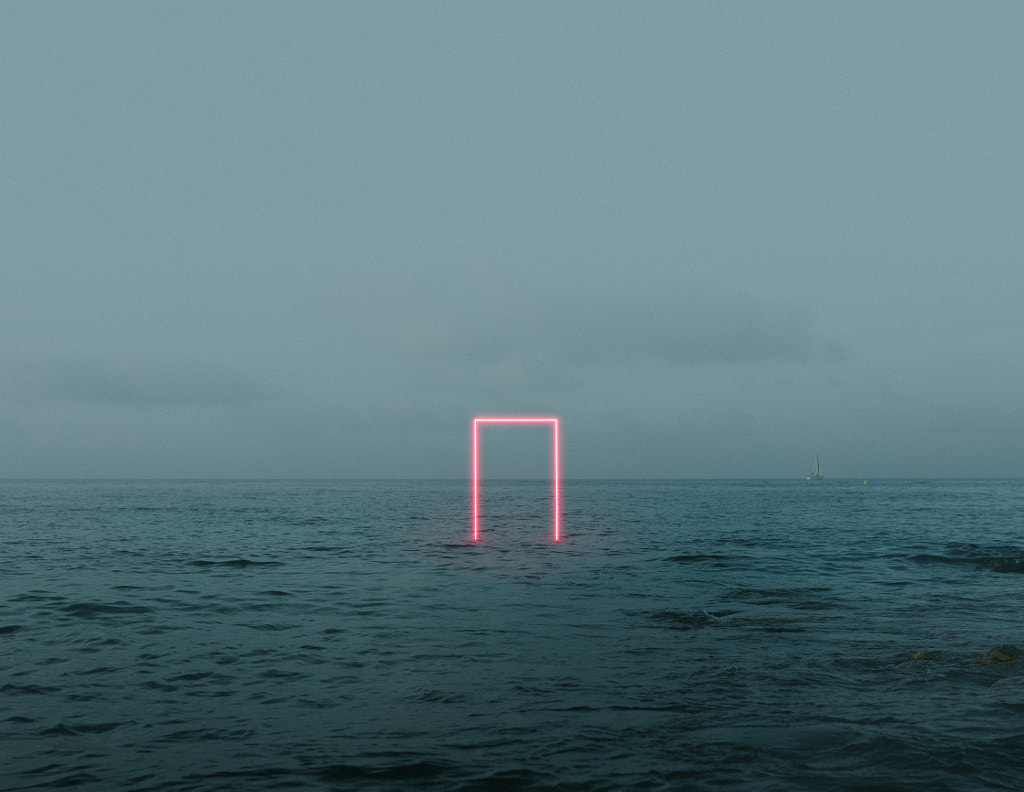
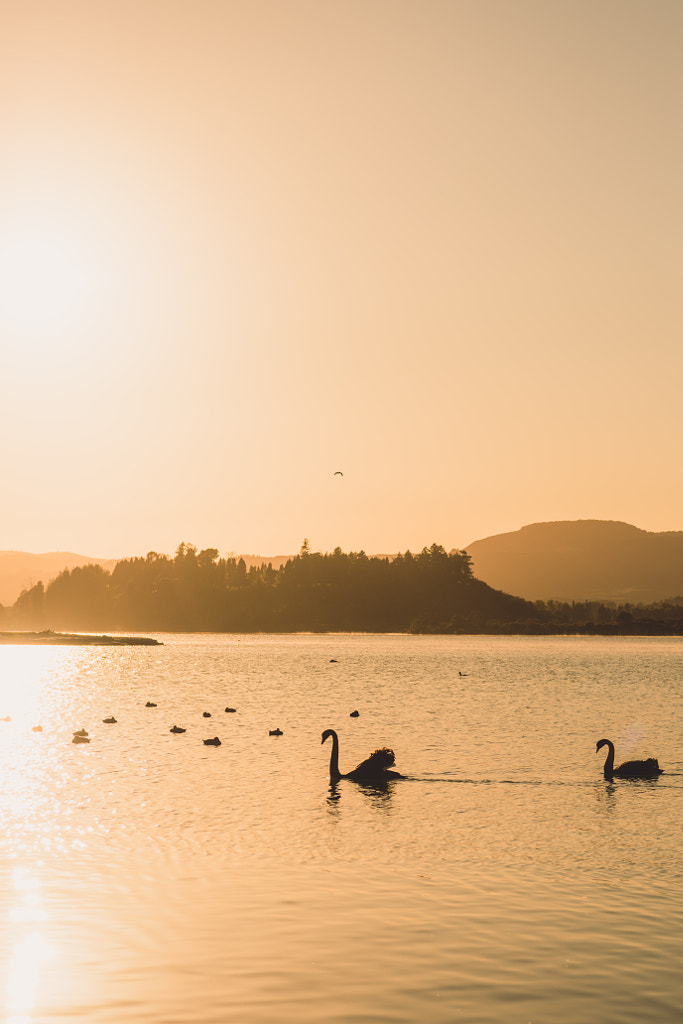

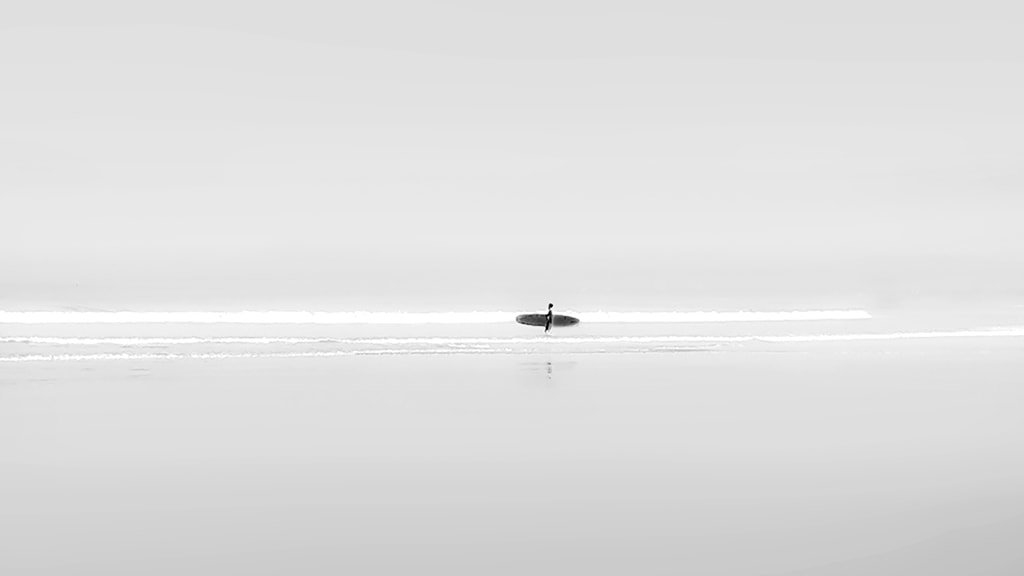
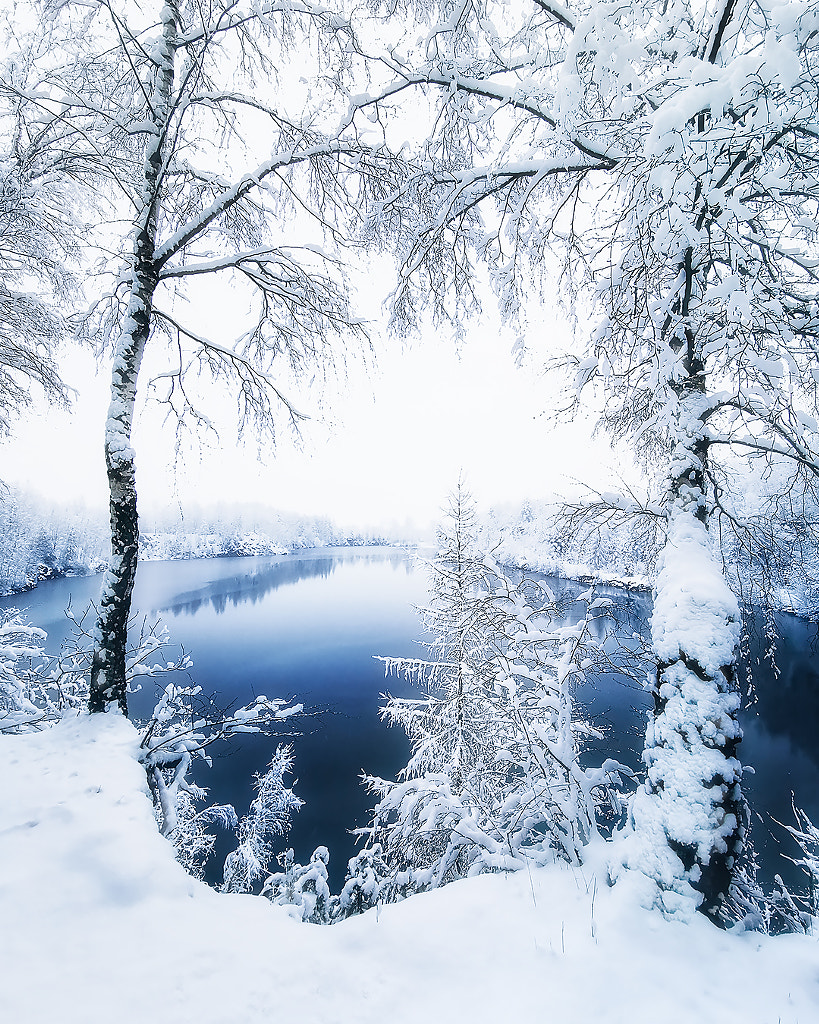
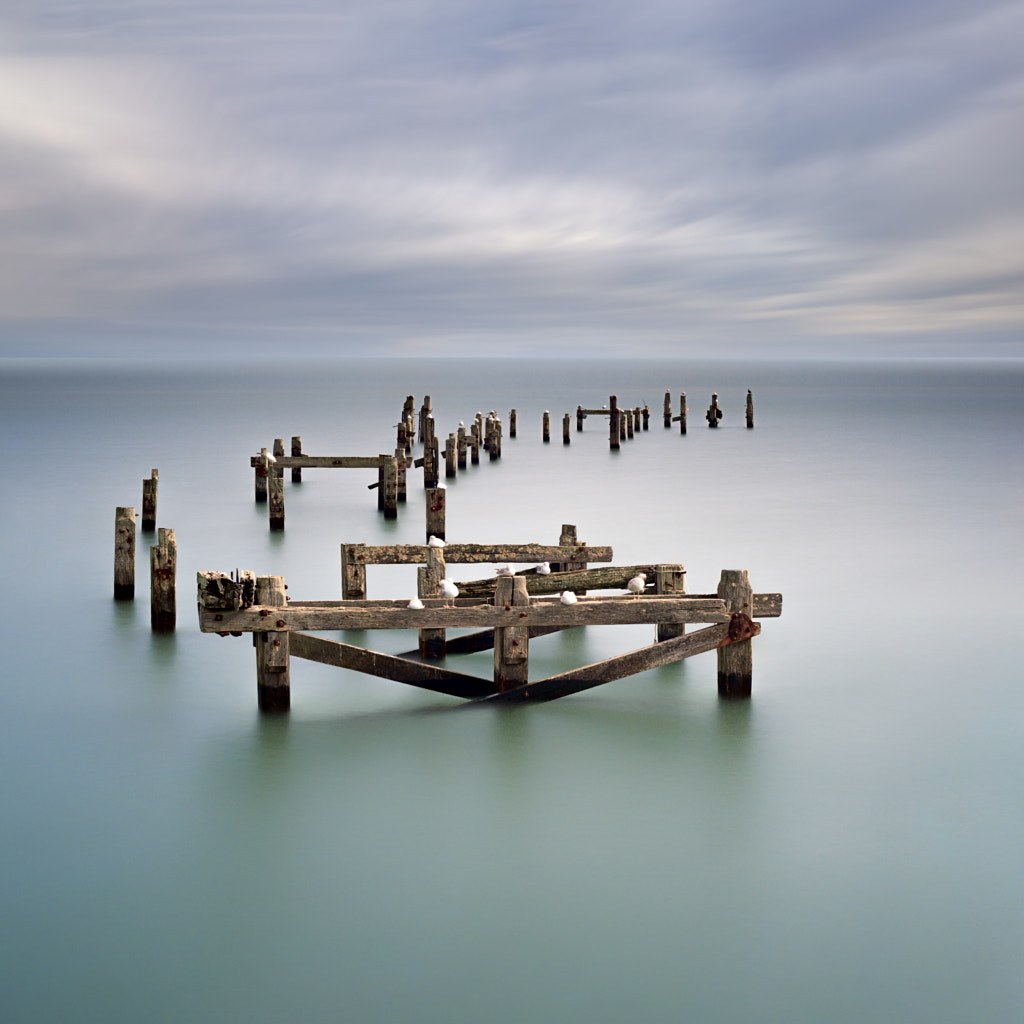


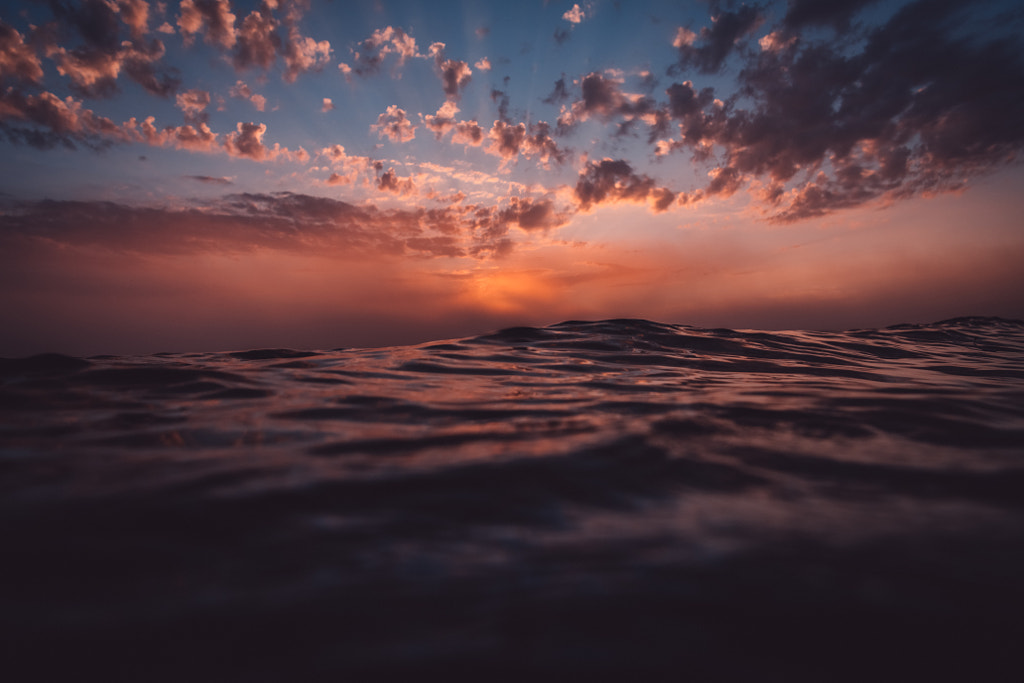
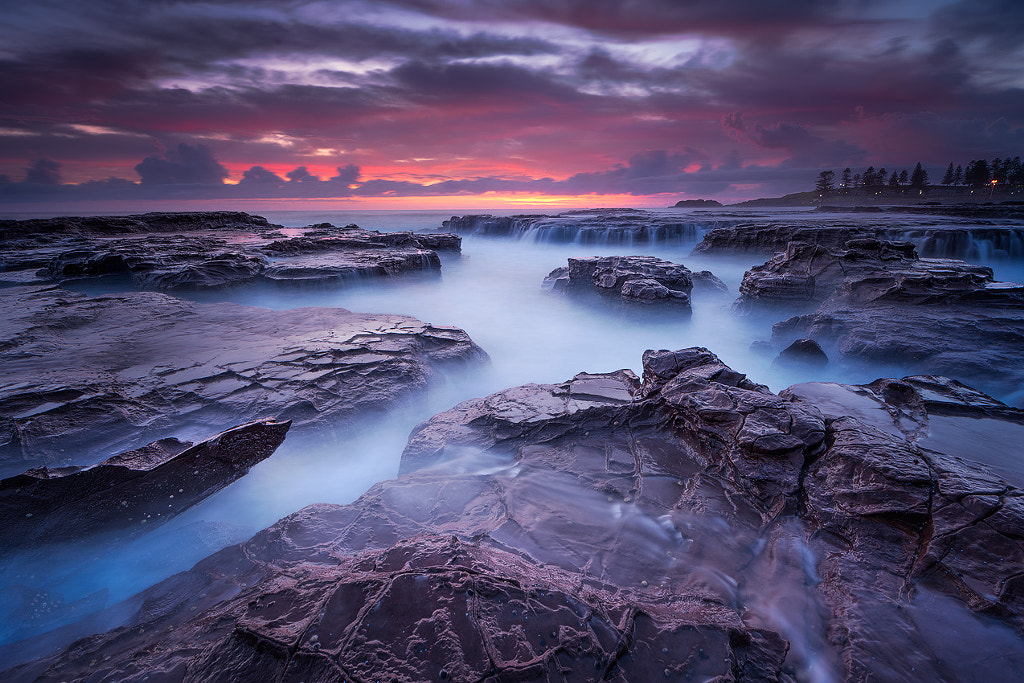
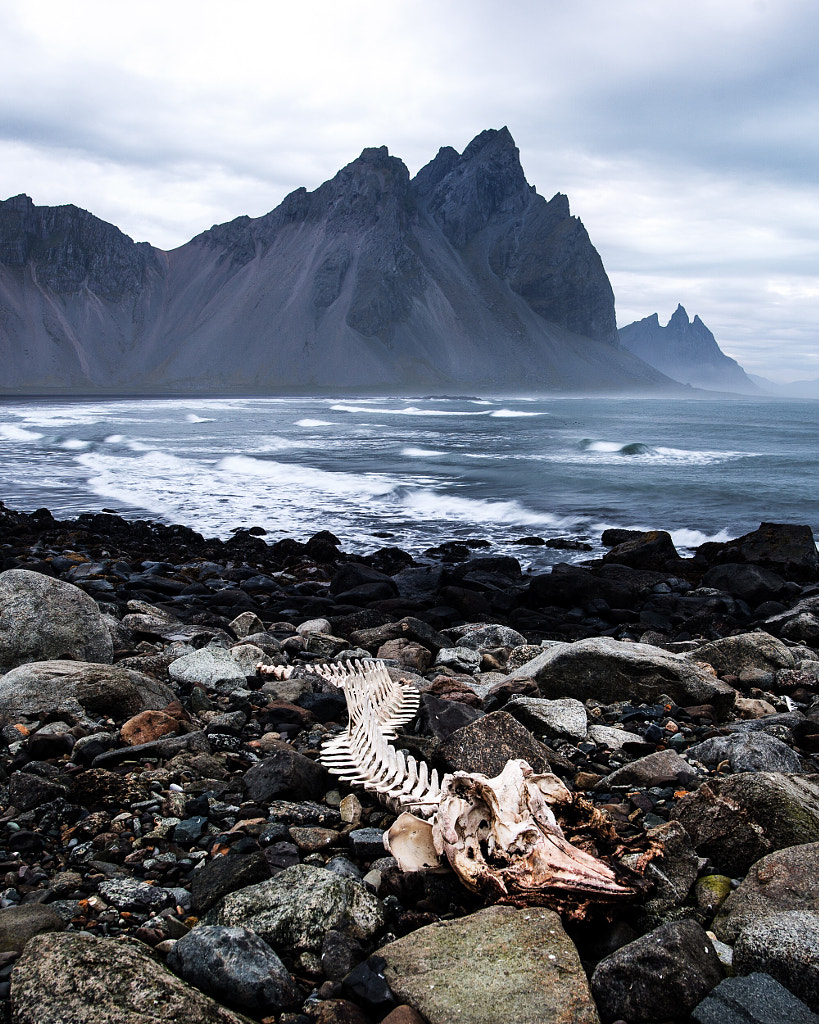





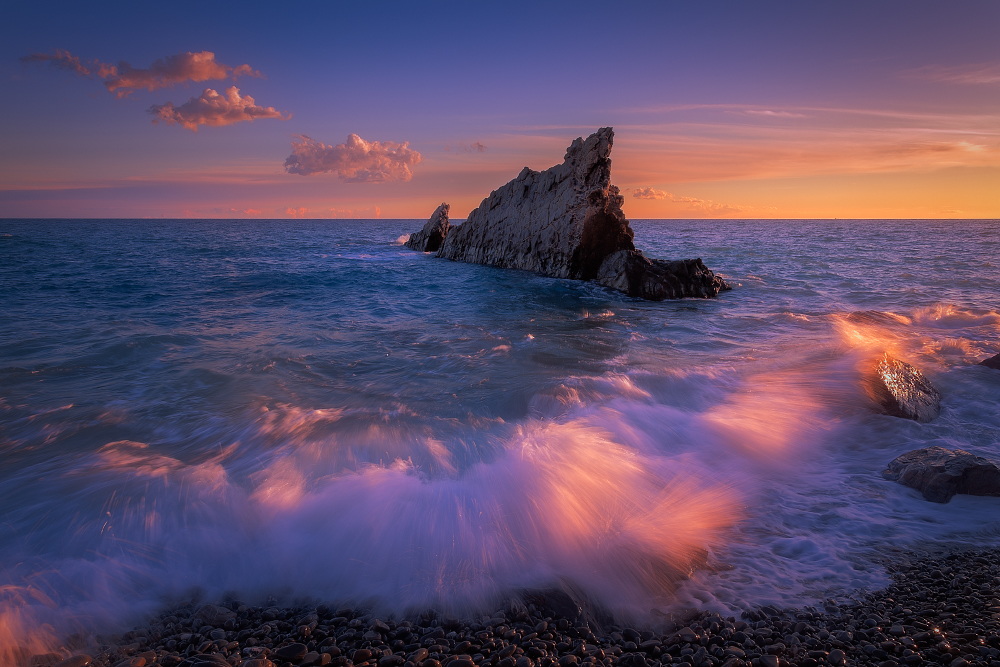
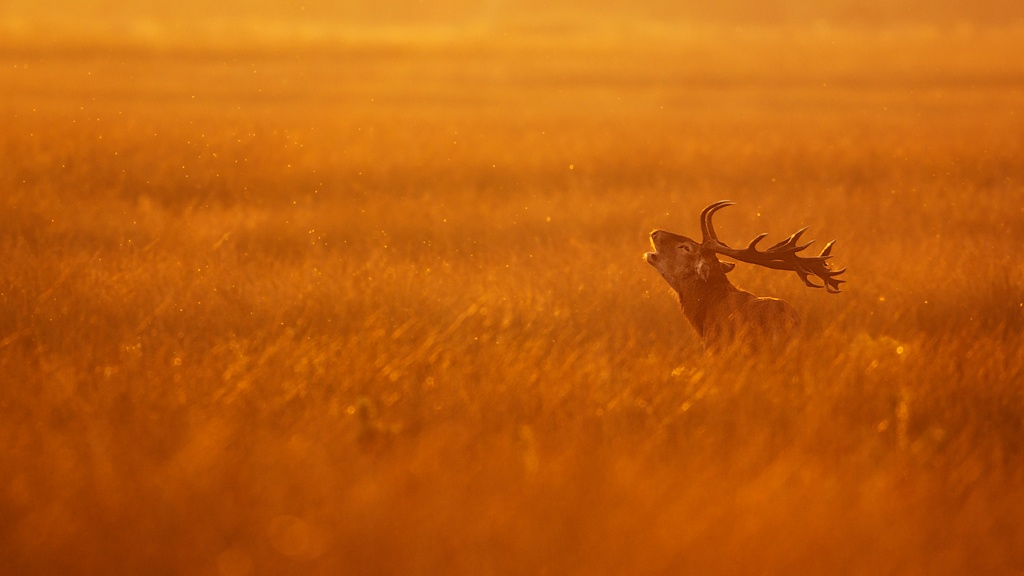
Leave a reply